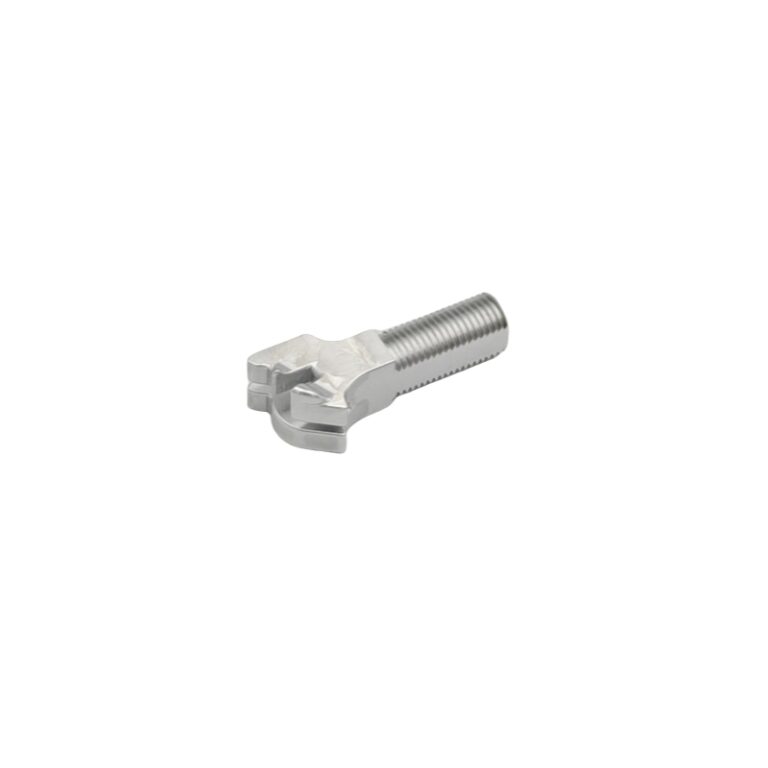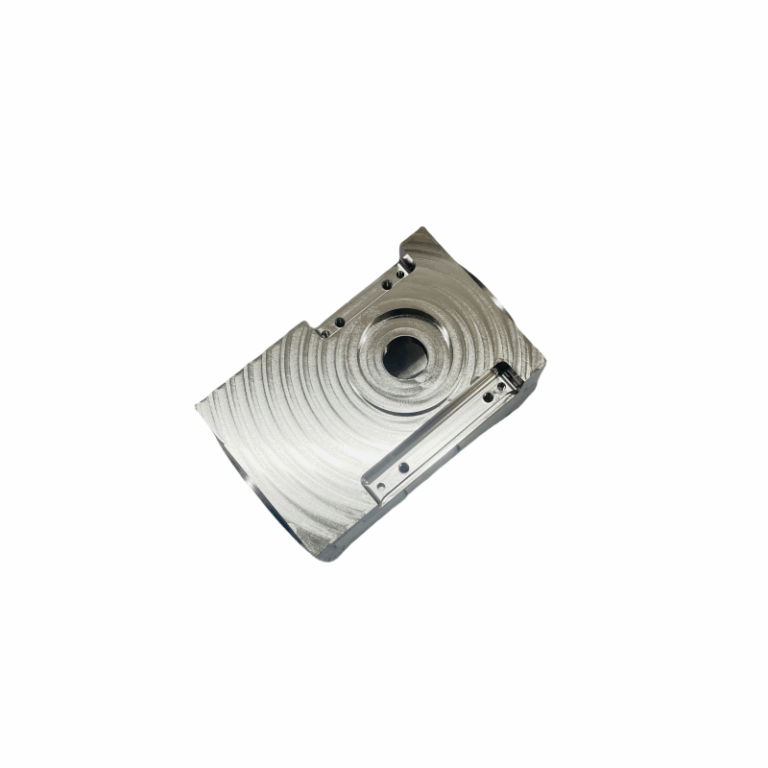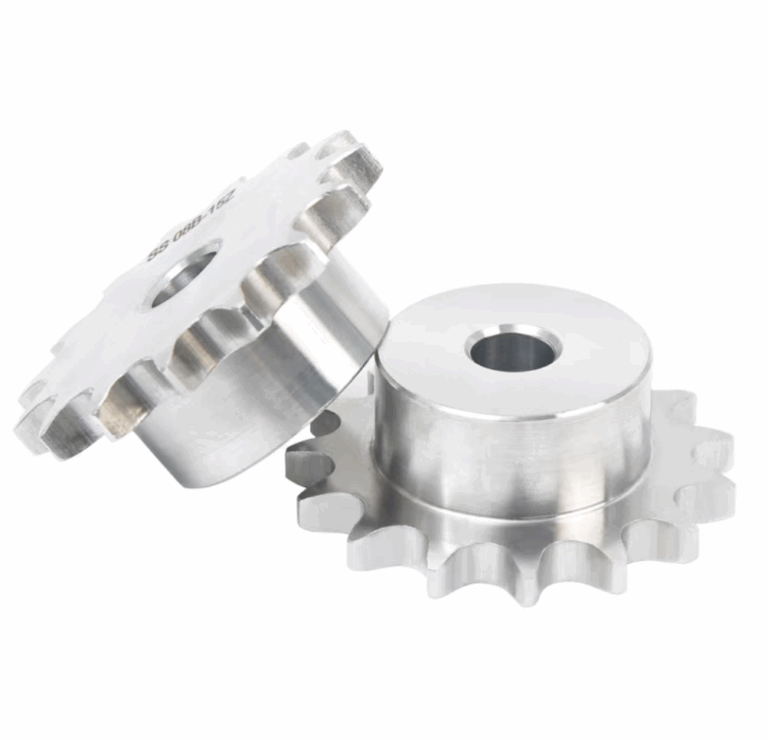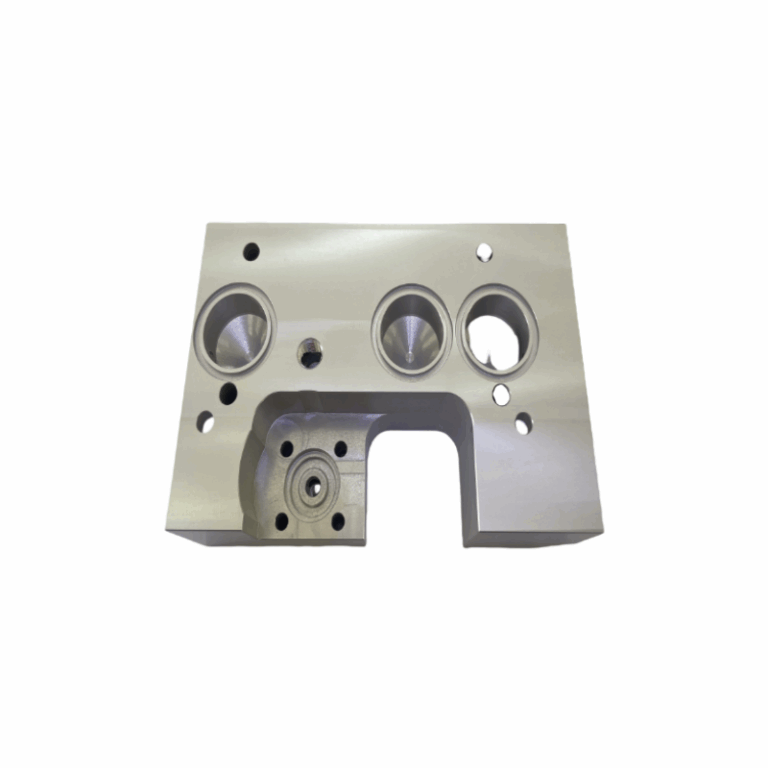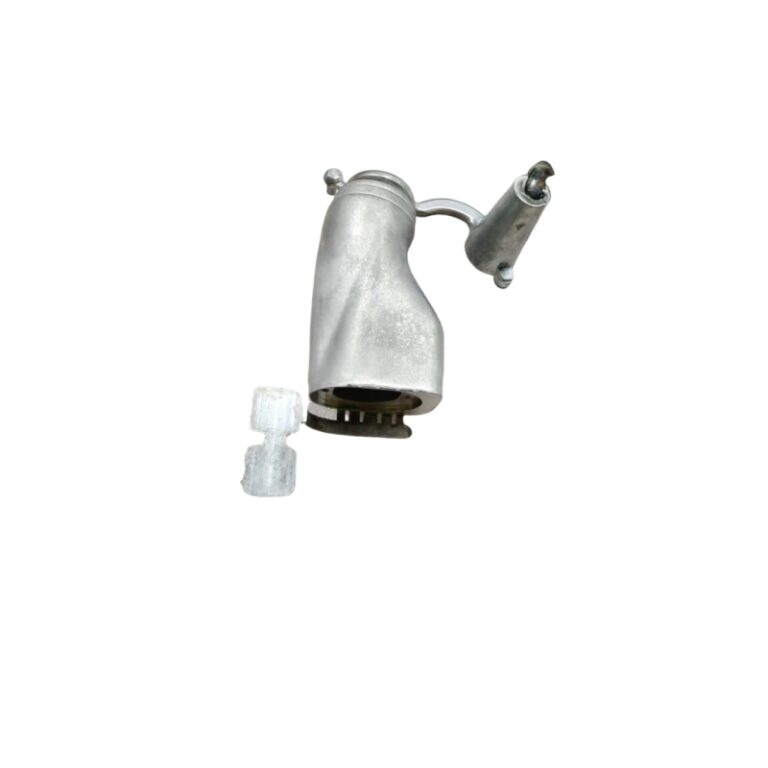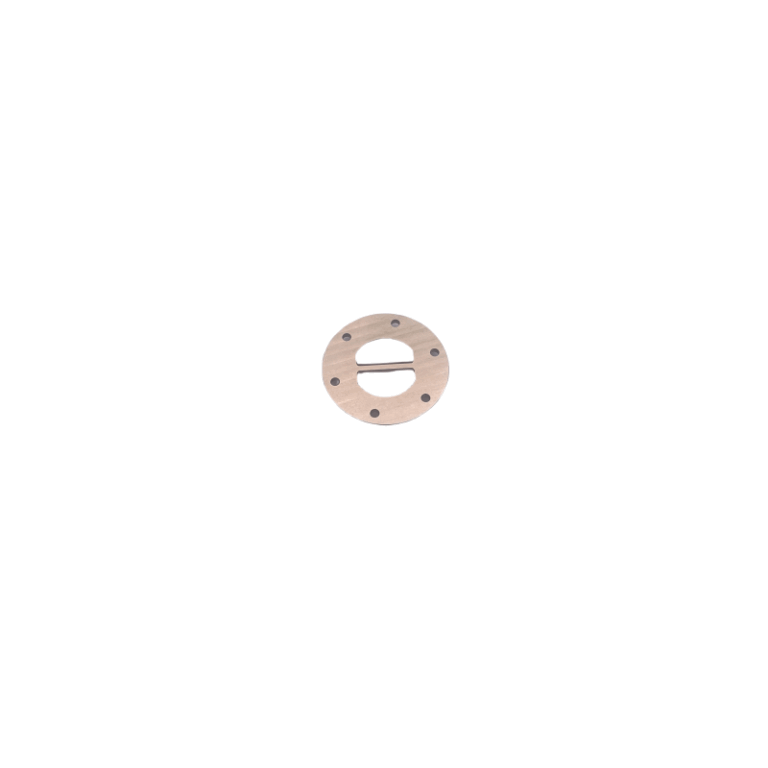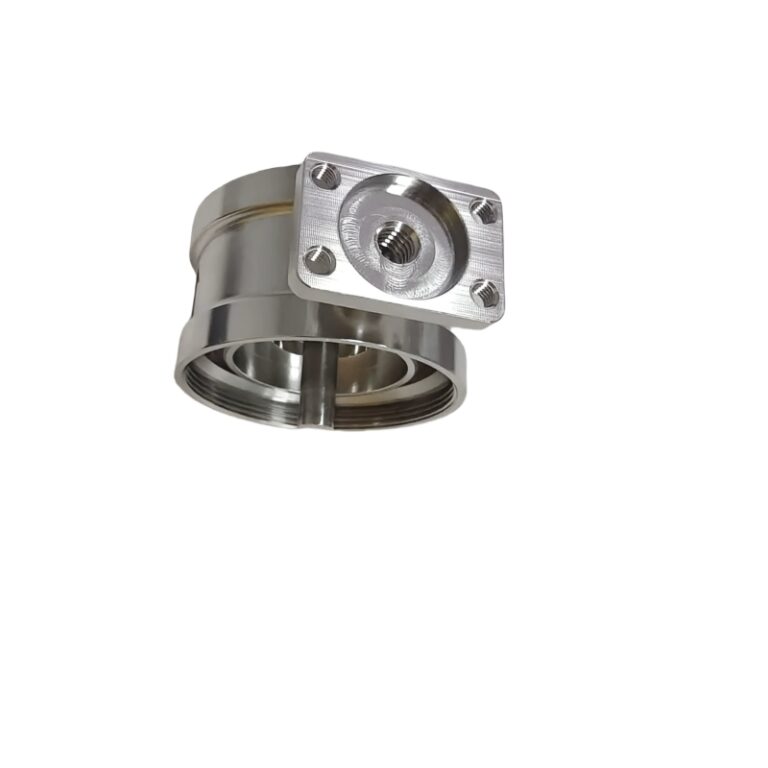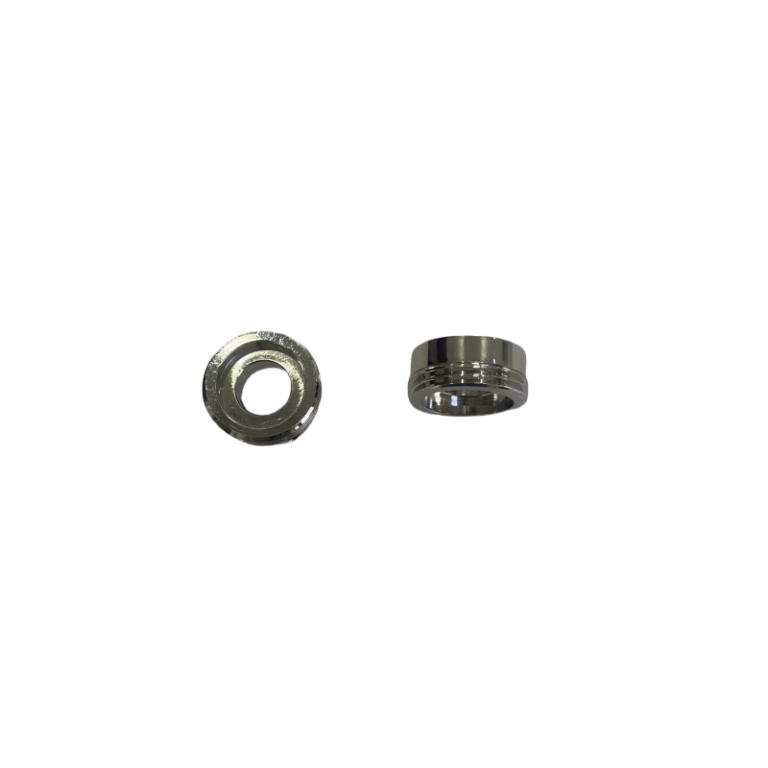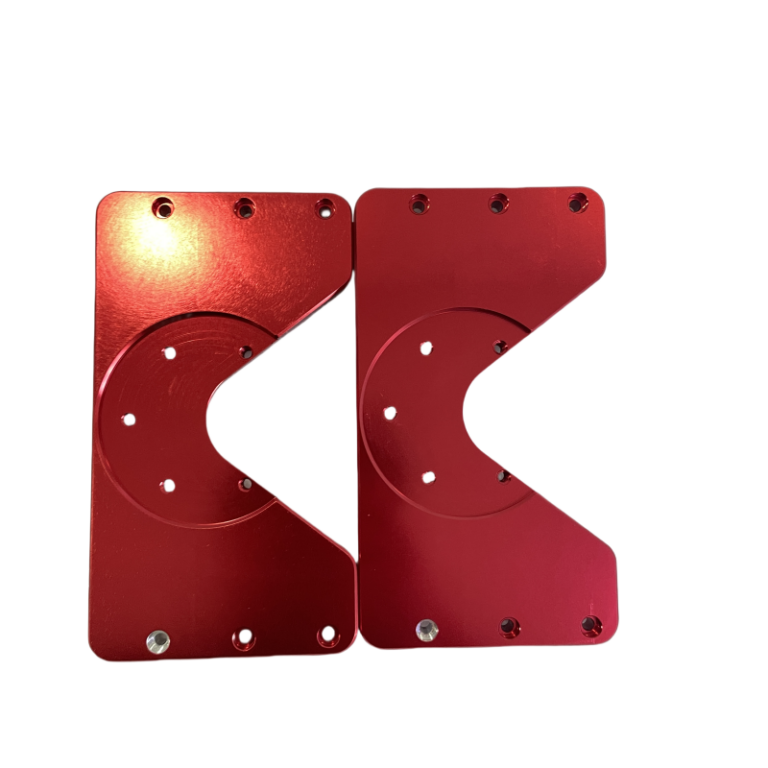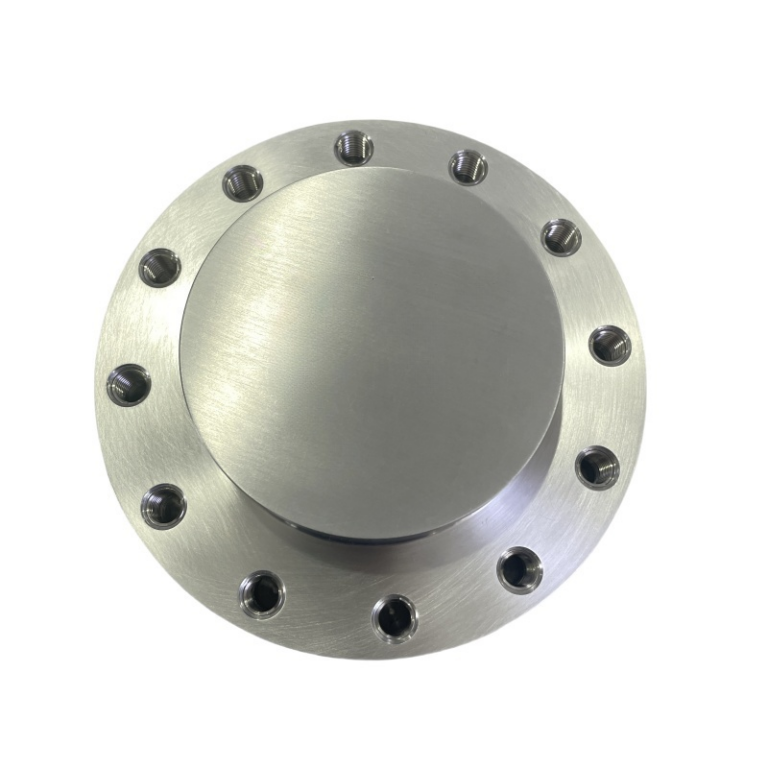With the trend of the high-end manufacturing industry developing towards lightweight and precision, aluminum has become the core material in the fields of aerospace, automobile industry, consumer electronics, etc., due to its unique physical characteristics and processability. The mature application of CNC processing technology (Computer Numerical Control, CNC) further amplifies the value of aluminum in precision manufacturing. This article will systematically analyze the core advantages of aluminum CNC processing from four dimensions: material characteristics, technical adaptability, efficiency and cost optimization, and industry application.
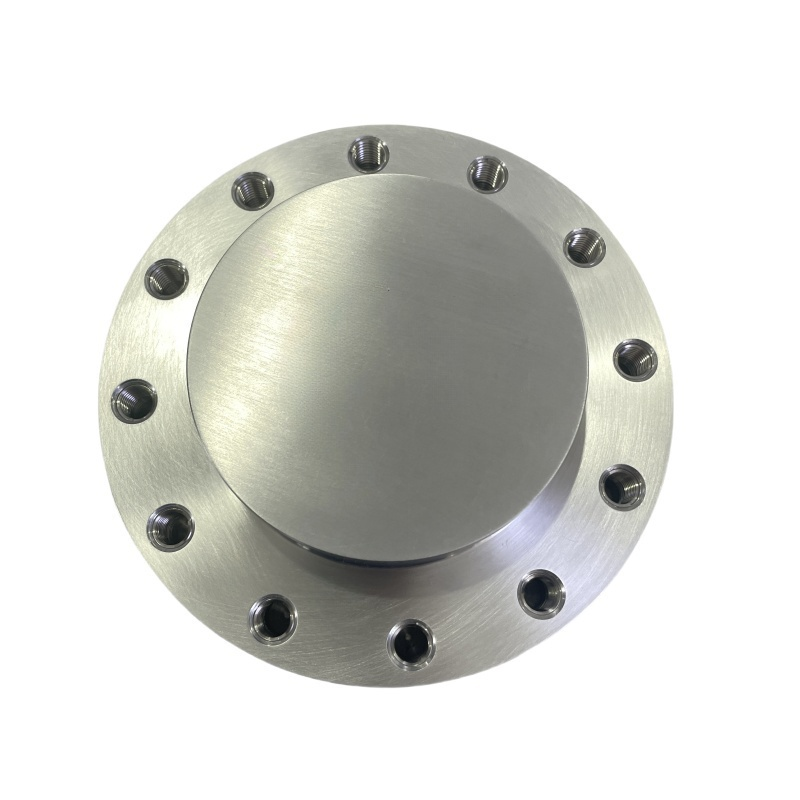
The Physical Characteristics of Aluminum and the Adaptability of Precision Manufacturing
The widespread application of aluminum in precision manufacturing is due to the three core characteristics that distinguish it from traditional metals:
- Lightweight and balance of strength:
The density of aluminum alloy is only 2.7g/cm³ (about 1/3 of steel), and its tensile strength can reach more than 300MPa through heat treatment processes (such as T6 state), and its specific strength (strength/density ratio) is significantly better than most alloy steels. For example, the 7075-T6 aluminum alloy widely used in the aviation field has a specific strength of 140MPa·cm³/g, which can effectively reduce the weight of the aircraft structure while meeting the capacity-bearing needs.
- Outstanding thermal conductivity and electrical conductivity:
The thermal conductivity of aluminum is 237W/(m·K), three times that of industrial pure iron, which makes aluminum parts perform excellently in heat dissipation scenarios. Consumer electronics fields such as smartphone midframes and laptop shells are all processed using aluminum CNC, which not only ensures structural strength but also can quickly export chip heat through an integrated metal body.
- Advantages of corrosion resistance and surface treatment:
Aluminum can form dense oxide films (Al₂O₃) in natural environments, and its corrosion resistance can be further enhanced by the anodizing process. For example, the surface hardness of 6061 aluminum alloy that has been hard anodized can reach HV400 or above, has good insulation and decorative effects, and is suitable for precision instrument shell processing.
CNC Processing Technology Empowers Aluminum Processing Efficiency
CNC machine tools control multi-axis linkage through computer programming, solving the problems of easy deformation and difficult control of aluminum materials in traditional processing, which are manifested as:
- High precision and complex geometric forming capability:
The positioning accuracy of modern five-axis CNC machine tools can reach ±0.005mm, and the repeat positioning accuracy is better than ±0.003mm. Taking the processing of aerospace turbine blades as an example, their aerodynamic appearance requires a curved surface error of less than 0.01mm. Through CNC milling, multi-angle groove opening, curved surface refining, and other processes can be completed in a single clamping to avoid cumulative errors caused by multiple positioning.
- Intelligent adaptation of processing parameters:
The melting point of aluminum is low (about 660℃), which makes it prone to the problem of accumulation of chips. The CNC system can automatically match cutting parameters through a built-in material library: for example, using high speed (12,000-18,000rpm) and small cutting depth (0.1-0.5mm) strategies, combined with special aluminum alloy coated tools (such as TiAlN coating), the cutting temperature can be controlled below 150℃, reducing thermal deformation and extending tool life.
- Automated production and rapid modeling replacement:
In the mass production of automotive parts, the CNC machining center achieves 24-hour continuous operation through an automatic tool change system (ATC) and a pallet exchange device. Taking the engine cylinder head production line of a certain car company as an example, after using a horizontal machining center, the processing time of a single piece was shortened from 45 minutes of the traditional process to 18 minutes, and the yield rate increased to 99.2%.
Whenever you need aluminum prototypes or custom aluminum mechanical parts, we have the service for you. DMTC is a leading CNC processing expert. We have 30 high-end imported machines, our three-axis, four-axis, and five-axis precision machines, and the precision of the parts manufactured can reach 0.005mm. We have a team of qualified and experienced mechanics and engineers. We use our CNC aluminum processing expertise to provide tolerances.
CNC aluminum parts with faster cycles. Contact us (sherry.guo@szdmtc.com). Get your project quotation now!

Cost-effectiveness and Sustainable Development Advantages
From the analysis of the full life cycle cost, CNC processing of aluminum highlights the economics in the following links:
- Material Utilization Optimization:
Nested programming of CNC milling can increase aluminum plate utilization by more than 85%. A drone frame manufacturer uses 3D simulated material discharge technology to reduce the waste rate of 6061 aluminum plates from 22% to 9%, saving more than 3 million yuan in annual material costs.
- Energy consumption and carbon emission reduction:
Research shows that the energy consumption intensity of aluminum CNC processing is 2.5 kWh/kg, which is only 1/4 of that of stainless steel processing. If calculated based on the annual output of 100,000 pieces of electronic radiators, the use of aluminum can reduce carbon dioxide emissions by 120 tons/year compared to steel.
- Remanufacturing and circular economy potential:
The energy consumption of aluminum is only 5% of native aluminum production, and the performance losses are negligible. The aluminum chips produced by CNC processing can be closed-loop utilization through smelting and recasting. A 3C company has achieved a comprehensive utilization rate of aluminum through a waste recycling system, which meets the EU RoHS environmental protection standards.

Industry Application Case Analysis
- Consumer electronics field:
Integrated metal body processing. The Apple MacBook series adopts Unibody technology and mills the entire aluminum ingot through a five-axis CNC machine tool to achieve ultra-thin wall thickness and high-precision interface opening. This process integrates the 12 processes of traditional stamping + welding into 3, significantly improving structural rigidity.
- New energy vehicles:
Lightweight battery case. The Tesla Model Y battery case is processed with 6-series aluminum alloy CNC, which reduces weight by 19% through topological optimization design while meeting the IP67 waterproof grade requirements. It uses high-speed cutting (HSC) technology during the processing process, with a surface roughness Ra≤0.8μm, and no subsequent polishing treatment is required.
- Medical devices:
Customized production of orthopedic implants. The medical titanium-aluminum alloy (Ti6Al4V) CNC processing solution developed by a German EOS company can customize artificial joints based on patient CT data. The processing accuracy of its porous structure (porosity 60%) reaches ±0.05mm, which promotes the growth of bone cells and shortens the postoperative rehabilitation cycle.
Technical Challenges and Future Trends
Despite significant progress in CNC machining of aluminum materials, we still face the following technical bottlenecks:
- Flutter suppression in ultra-thin wall processing
- Stability control of micron-level surface roughness
- Co-processing of composite materials (such as carbon fiber-reinforced aluminum)
The future development direction will focus on:
- Integration of intelligent process chain:
Combines AI algorithms to achieve self-optimization of processing parameters. For example, Siemens’ Adaptive Control system can adjust the feed rate in real time and reduce the tool wear rate by 30%.
- Additive-subtractive composite manufacturing:
Through 3D printing performing + CNC finishing, breaking through the manufacturing limitations of complex inner cavity structures.
- Breakthrough in green manufacturing technology:
Developing low-temperature cutting fluid and dry cutting processes to further reduce environmental load.
Conclusion
The innovation of CNC processing technology of aluminum is reshaping the efficiency standards and quality boundaries of precision manufacturing. With the development of new materials (such as high-strength nano-aluminum), intelligent equipment upgrades, and sustainable manufacturing concepts, the application scenarios of aluminum in high-end manufacturing will continue to expand. For enterprises, grasping this technological trend is not only about cost competitiveness but also a strategic choice to occupy the value of the industrial chain.

